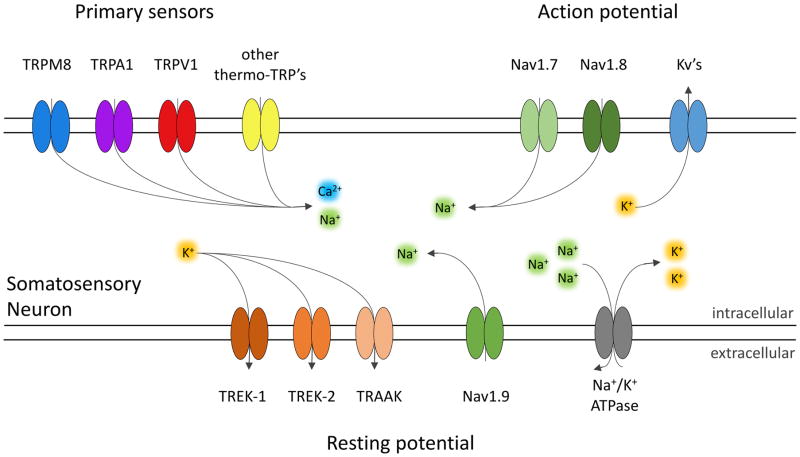Figure 1. Diagram of molecular participants in thermosensory excitability.
Multiple channel types contribute to the function of thermosensory neurons. Primary sensors of temperature are non-specific cation channels (TRPM8, TRPA1, TRPM8, and other thermo-TRP’s). Action potentials in thermosensitive neurons are mainly conducted by voltage-gated sodium channels (Nav1.7 and Nav1.8) which promote excitability. Voltage-gated potassium channels (Kv’s) provide a counteracting current that limits excitability. Nav1.9 is a regulator of the resting potential and amplifier of subthreshold depolarization. The resting potential of thermosensory neurons is also regulated by thermo-sensitive leak potassium channels (TREK-1, TREK-2, and TRAAK) which counteract excitability. Another contributor to the resting potential is the Na+/K+-ATPase, which sets up the ionic gradients across the membrane.

